The History of Unity Lodge No. 36, Free & Accepted Masons
Jefferson, Georgia
Chartered from the Grand Lodge of Georgia, F.& A.M.
November 6, 1844
![]()
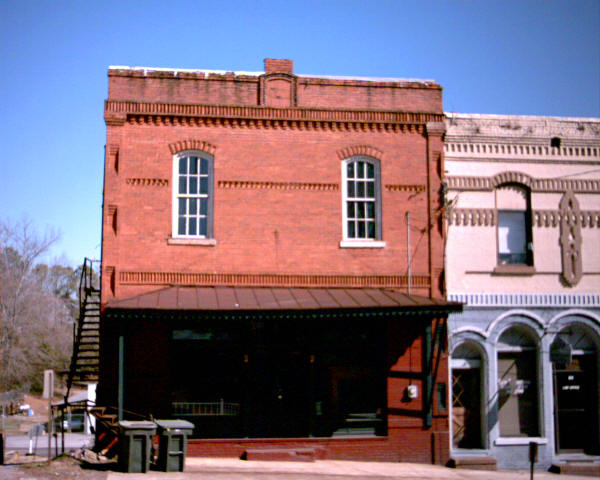
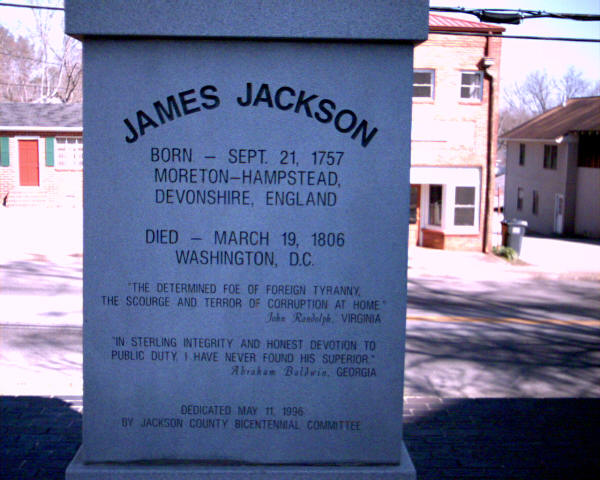
The location of Unity Lodge after the year 1890 in downtown Jefferson, Georgia. Monument to James Jackson, hero of the Revolution and Jackson Co. Namesake.
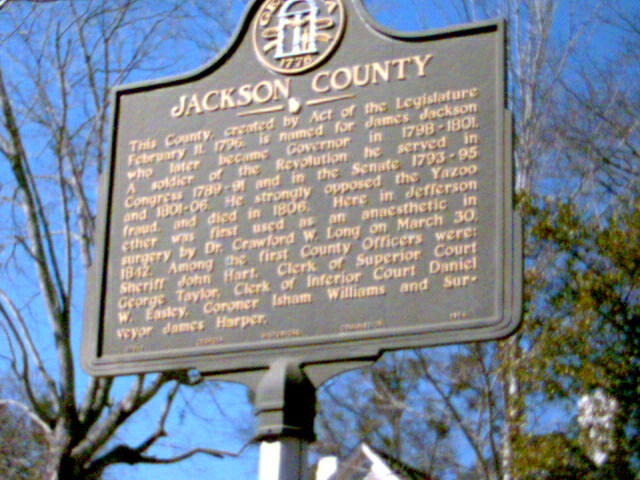
The town of Jefferson is located in the western part of Jackson County. It was the 22nd county established in Georgia in the year 1796 and originally included Clark, Madison, Gwinnett, Hall, Walton, Banks, Oconee and Barrow counties. Like most towns in the south, if you look around hard enough, you will most likely find a Masonic Lodge.
For years, Masonic lodges were common landmarks that stood either in the center of town or located somewhere near the heart of a township. In the United States, Masonic lodges were sometimes held in taverns, stores, and other municipal or public buildings wherever communities gathered for social or formal occasions.
The Year 1844—Freemasonry Established in Jefferson, GA
Jefferson’s first Masonic Lodge was chartered from the Grand Lodge of Georgia in the year 1844. At that time, the Grand Lodge of Georgia was located in the town of Milledgeville, having first come into existence in the year 1786 in the colonial town of Savannah. In the year 1846, the Grand Lodge was moved to its present location in Macon, Georgia. By the year 1845, there were 45 lodges active in the state with Unity Lodge of Jefferson being numbered 36th of those 45.
At the time of this writing, the actual location of the original Unity Lodge is not known. However, sometime in the year 1890, Unity Lodge was moved to the upstairs floor of a building in downtown Jefferson across from the old courthouse.
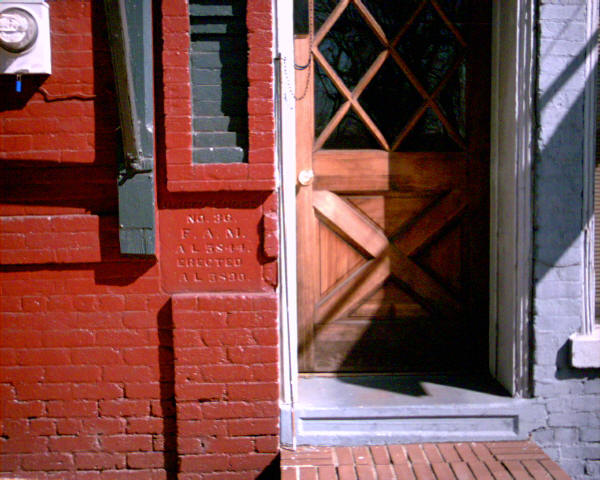
In the early part of the 19th-20th centuries, It was common to find Masonic lodges located on the second floor of buildings situated along the town square or at the heart of the main street business districts. This practice was in keeping with Masonic traditions of holding closed meetings from non-members of the fraternity. Second floor access to lodges insured a certain measure of discretion by discouraging passersby from 'eavesdropping' or trying to observe meetings from the street level.
Today, second story lodges are less common and remain as a tribute to those early Masonic brethren who were as much a product of the manners and thinking of their time as the modern Freemason is at present.
However, in the year 1890 in Jefferson, Georgia, the lodge was above the street level.
The cornerstone still exists. Although covered with red paint, the dedication on the stone is still as clear as the day it was mortared into place.
Cornerstones are traditionally lain where two intersecting walls meet on a building and usually commemorate some historical or significant event. The old Unity Lodge cornerstone commemorates the date in which the lodge was chartered and the date in which it was moved and erected in the year 1890. But what do the strange number designations mean?
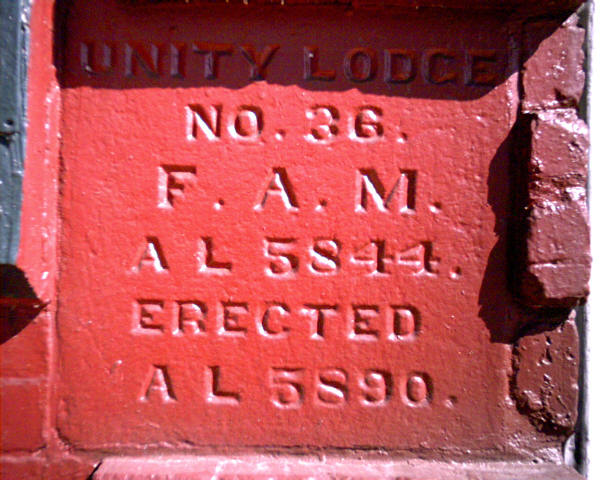
As every Freemason is no doubt aware, the accepted way of indicating a particular year is by adding 4000 (the amount of time biblically associated with the time of Creation) years to the current year.
So for example, the year 1844 becomes 5844 (4000 + 1844 = 5844). Instead of the usual ‘Anno Domini’ as in ‘A.D. 1844’, an ‘A L’ is used to designate ‘Anno Lucis’ which is Latin for ‘in the year of light’ or the time measured from the biblical Creation.
![]()